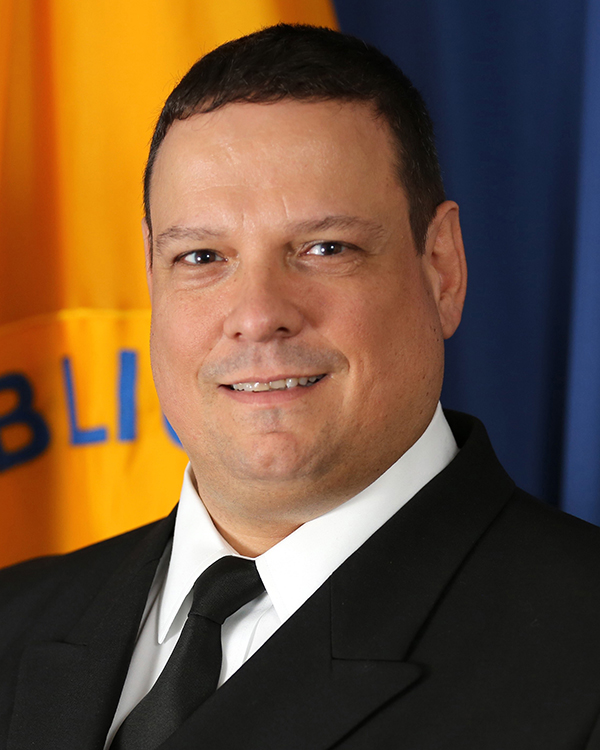The Indian Health Service Division of Oral Health recently released a new data brief summarizing the oral health of American Indian and Alaska Native adults ages 35 and older who are served by IHS, tribal, and urban Indian dental clinics across Indian Country. One of the key findings from this data is that the oral health of American Indian and Alaska Native adults continues to improve. Oral health is essential for the overall health and well-being of adults, so this trend is encouraging.
This look at the oral health status of adult dental patients is the fifth iteration of oral health surveys of this age group, with IHS previously conducting surveys in 1984, 1991, 1999, and 2015. This survey was conducted in 2021 and 2022 on 6,336 American Indian and Alaska Native dental patients ranging from 35 to 98 years of age, with 45 dental clinics participating.
The data indicates fewer American Indian and Alaska Native adults have untreated decay. Compared to the general U.S. population, American Indian and Alaska Native adult dental patients are still twice as likely to have untreated decay, but that gap is narrowing. In 1999, 62 percent of adult dental patients had untreated or active dental decay, compared to just 18 percent of the U.S. population. Since the 1999 survey, there have been relative improvements in the percentage of adult dental patients with untreated decay: 16 percent in 35-44 year-olds; 11 percent in 45-54 year-olds; and 26 percent in those 55 years and older.
Since 1984, there has also been a tremendous improvement in the percentage of adult dental patients maintaining a functional dentition, defined as 20 or more natural teeth present. This is considered essential to proper function and nutrition. This improvement ranges from 20 percent in 35-44 year-olds to 129 percent in those 55 years and older.
Despite these positive results, there is still work that needs to be done. American Indian and Alaska Native adult dental patients are more likely to have severe periodontal disease than the general U.S. population, with twice the prevalence. Given the relationship between periodontal disease and a number of systemic diseases, this fact perhaps increases the risk of Native adults for certain systemic diseases and poor overall health. According to the data, our adult dental patients are also more likely to have missing teeth than the general U.S. population, and are more likely to report poor oral health and oral pain.
Another factor contributing to oral health is the COVID-19 pandemic, which has stressed an already overburdened IHS, tribal, and urban dental care delivery system. Compared to 2015, the percentage of Native dental patients reporting a dental visit in 2021-2022 was lower, and the primary reason for not visiting a dentist were concerns and limitations in care due to COVID-19.
This highlights the need for increased access to oral care throughout Indian Country. The IHS will continue working to address these disparities by promoting the integration of oral health into primary care, highlighting oral health disparities in the American Indian and Alaska Native population, and prioritizing dental care for high-risk individuals.



